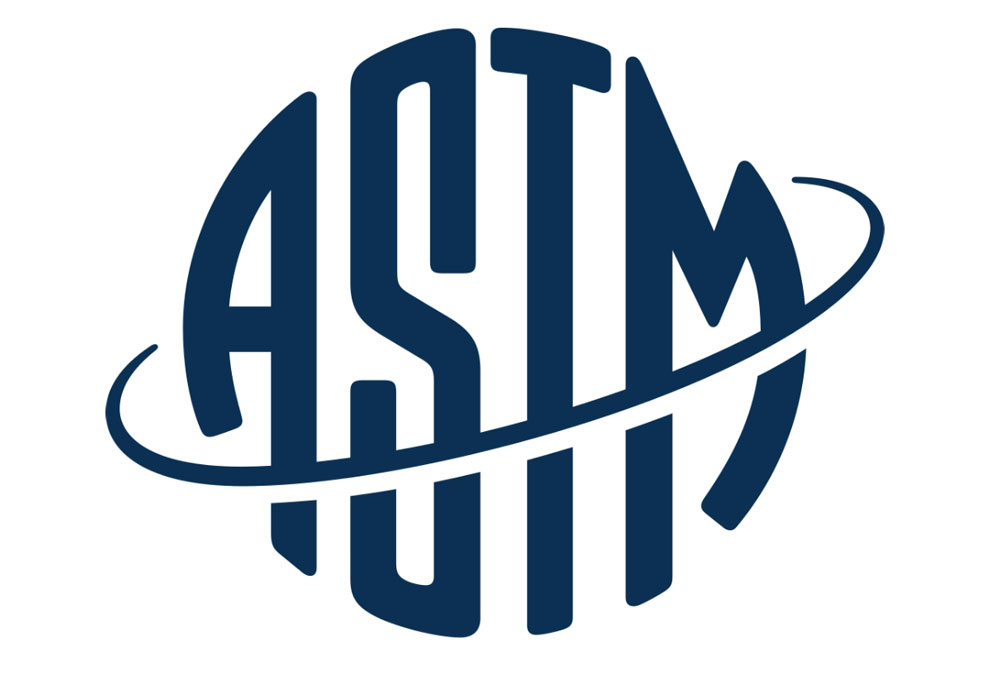Significance and Use
5.1 This is an in situ method, that is, the measurements are made at the actual installation. The sound levels measured according to this test method should be representative for that installation and for the quantity of acoustical absorption actually, permanently present.
5.2 The test method has the following limitations:
5.2.1 The test method produces sound data which may be compared with applicable criteria or limits only if they are in terms of the quantities measured in this test method.
5.2.2 The test method does not quantify certain subjective aspects of the sound environment that may be objectionable. These include pure tones, spectral content, and temporal distribution.
Scope
1.1 This test method provides guidance to the methodology used in the measurement of building interior sound levels.
1.2 This test method describes procedures for measuring sound in enclosed residential spaces produced by built-in utilities and major appliances such as plumbing, heating, ventilating, air-conditioning systems, refrigerators, and dish washers. The measured values may then be used to assess compliance, design, or habitation suitability.
1.3 This test method does not promulgate or recommend acoustical criteria.
1.4 This test method is not intended for obtaining data to evaluate indoor environments for:
1.4.1 Commercial activities such as studios, communication centers, hospitals, and auditoria, and
1.4.2 Effects from exterior sources such as aircraft, railroad operations, motor vehicles, mining operation, weapons fire, etc.
1.5 This test method is not intended for evaluating sound transmission loss, sound absorption coefficient, or any other acoustical aspects of the space or structure.
1.6 The values stated in SI units are to be regarded as standard. No other units of measurement are included in this standard.
1.7 This standard does not purport to address all of the safety concerns, if any, associated with its use. It is the responsibility of the user of this standard to establish appropriate safety and health practices and determine the applicability of regulatory limitations prior to use.









